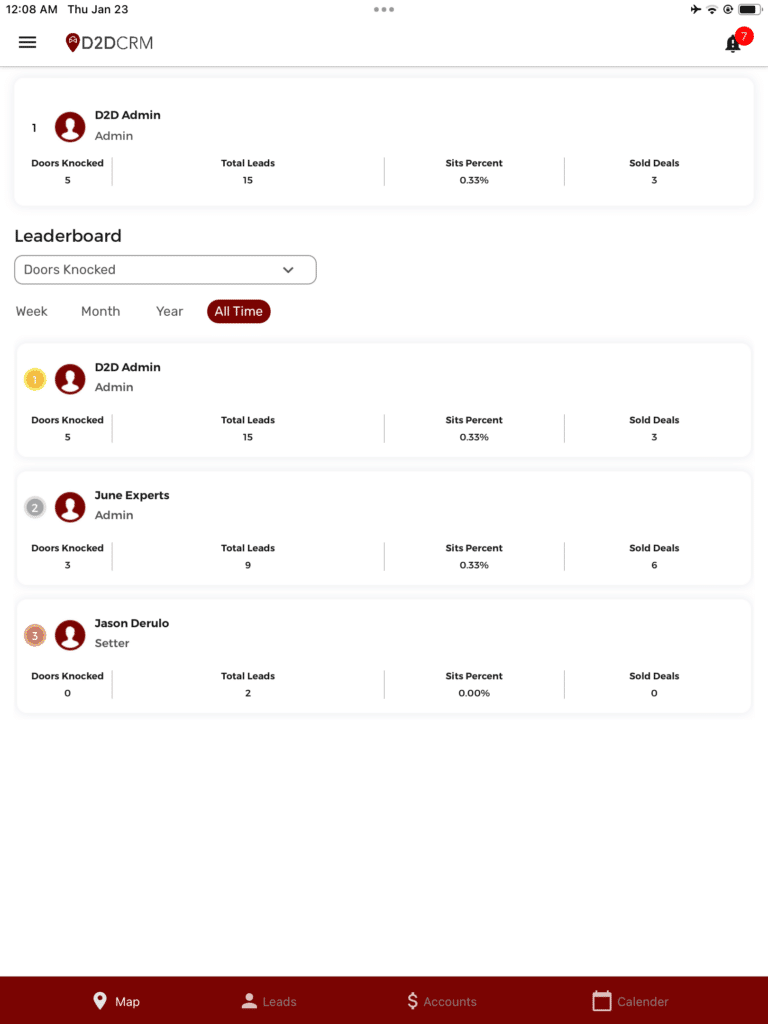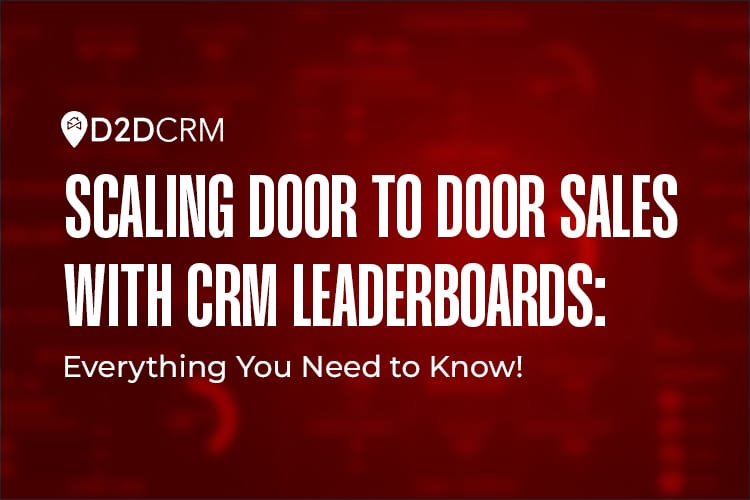Let’s explore how CRM leaderboards motivate reps and optimize your sales strategy.
[divi_shortcode id=”36393″]
CRM leaderboards: What are they?
Sales leaderboards are like scorecards for sales teams. They show who’s crushing it and who’s lagging. They turn sales into a game—think points, rules, and rewards to motivate everyone.
Leaderboards rank people based on hitting their sales goals, making calls, or bringing in new business. Sales reps score points as they hit their targets and get rewards for reaching certain milestones.
Fun Fact: Leaderboards have existed forever—even before the internet, when they were just on chalkboards and posters in the office. But now, with everything going digital, they’ve become powerful online tools.
Why do CRM leaderboards work so well?
Remember when workplace gamification was new, and everyone was skeptical? People thought it would be distracting, not motivating, and too much work for just a bit of fun.
But guess what? The results are in, and leaderboards boost sales performance:
[Add some data to support this]
Leaderboards aren’t just about making sales less boring—they seriously drive team and individual performance, thanks to behavioral science.
📈 Lead Smarter, Scale Faster—With a CRM Built for D2D Sales
Turn Competition into Motivation

Here’s why gamification is a sales team’s best friend:
The Power of Sales Leaderboards
Sales leaderboards are a proven way to:
- Motivate Reps: Healthy competition drives reps to perform their best. Seeing their name on top (or climbing the ranks) fuels their drive.
- Boost Engagement: Reps stay more focused and committed to hitting their targets. Leaderboards add a gamified element, making sales feel like a rewarding challenge.
- Increase Transparency: Everyone knows where they stand, fostering accountability and teamwork. Visibility also helps managers celebrate wins and constructively address gaps.
Key Features of Effective Leaderboards:
- Real-Time Updates: Metrics should update automatically to reflect the latest activity.
- Customizable Metrics: Track goals that align with your team’s objectives, such as lead conversions, presentations, or revenue.
- Mobile Accessibility: Reps should be able to check standings from anywhere, especially on the go.
Sean Huckstep, CRM Expert, in a talk with the D2D Experts: “Nothing fires up a sales team like a leaderboard. It creates a culture where top reps push even harder, and newer reps have a clear target to chase. It’s all about energy and momentum.”
Combining D2D CRM with Leaderboards: A Winning Formula

An example of a dynamic leaderboard showcasing real-time updates and customizable metrics to motivate sales reps in the d2d CRM.
Here’s how you can leverage the synergy between D2D CRM and leaderboards:
1. Track Performance Metrics Automatically
A D2D CRM logs every interaction, sale, and follow-up. This data feeds directly into your leaderboard, eliminating manual updates and ensuring accuracy.
Example: When a rep closes a deal, the CRM updates its leaderboard ranking instantly.
Sean Huckstep: “Data-driven selling isn’t optional anymore – it’s the standard. If you aren’t tracking performance in real-time, you’re falling behind.”
2. Set Customizable Goals
Tailor your leaderboard to reflect specific objectives, such as daily door knocks, leads generated, or closed deals. This keeps your team aligned with broader business goals.
Example: Create weekly leaderboards to track short-term goals while maintaining monthly and quarterly leaderboards for long-term achievements.
3. Encourage Collaboration
While competition is key, use your leaderboard also to highlight team achievements. Recognize top-performing groups and foster a culture of shared success.
Tip: Include metrics for team-based goals, such as total revenue from a territory or group effort.
Sean Huckstep: “It’s not just about individual success – great teams win together. Recognizing both personal and team wins builds an unstoppable culture.”
4. Provide Real-Time Feedback
A dynamic leaderboard offers instant feedback, allowing reps to adjust their strategies and helping managers identify those needing additional support or training.
Example: A rep noticing a lag in their numbers can quickly assess their activity and improve their performance before it’s too late.
Sean Huckstep: “Reps don’t want to wait for a monthly report – they want to see where they stand now. Real-time feedback means real-time improvements.”
Best Practices for Implementing Leaderboards in D2D Sales
To maximize the impact of leaderboards, follow these tips:
- Keep It Visual: Use graphs, charts, and color-coded rankings to make data easy to interpret. Visual appeal makes leaderboards more engaging.
- Recognize Effort, Not Just Results: Include metrics like customer follow-ups, presentations, or lead touches to motivate newer reps who may still be honing their closing skills.
- Celebrate Wins: Publicly acknowledge top performers during team meetings or through social media shoutouts. Recognizing achievements boosts morale and fosters loyalty.
- Rotate Metrics: Change the focus periodically to keep things fresh and encourage diverse skill development. For instance, one month could emphasize lead generation, while the next focuses on upselling.
- Use Rewards Wisely: Pair leaderboards with incentives, such as bonuses, gift cards, or team outings, to make achievements more tangible and exciting.
Sean Huckstep: “You don’t need a fancy prize to get reps excited – a public shoutout and bragging rights can be just as powerful. But mix it up and keep the game fresh!”
[divi_shortcode id=”36393″]


